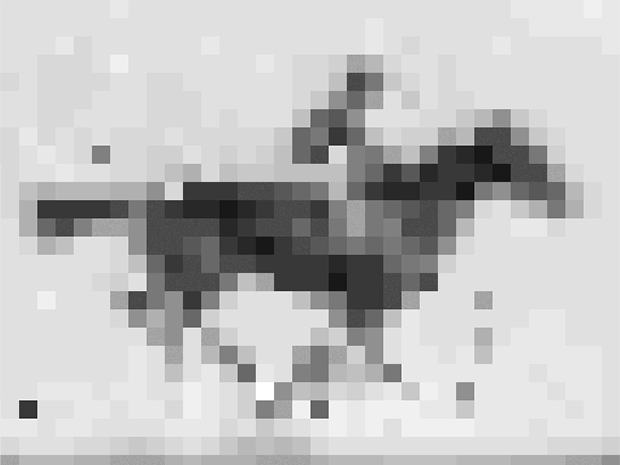

Researchers have long thought about storing data in DNA and, so far, it seems to be working. They’ve already stuffed a book into DNA and Microsoft is experimenting with a process to store larger amounts of data – just imagine trying to defragment a DNA hard drive. Now, after years of research, a group at Harvard have successfully stored a short movie in E.coli DNA.
The system works because the E.coli has a tendency to capture and file away attacking viruses. A section of the bacteria called CRISPR (clustered, regularly interspaced, short palindromic repeats) cuts out genetic slices if invading viruses and stores them away, creating a record of attacks in chronological order.
The team cut a small 36 by 26 pixel animated GIF into parts and encoded it in DNA to look like virus fragments. The E.coli nabbed the parts and stored them away in order, which meant you could easily read them out again with 90% accuracy. The film is a highly compressed image of the Eadweard Muybridge motion picture of a horse galloping which, it turns out, is the first movie ever made.
Why would you want to do this? No one is quite sure but Seth Shipman and his team at Harvard want to be able to store chronological data in DNA in order to follow a cell from birth to death.
“Right now we give DNA information we do know. We want to record information that we don’t know,” he told Spectrum. This system could be used to see the early life of a cell, process that scientists have yet to fully understand.

